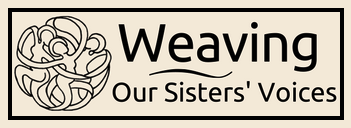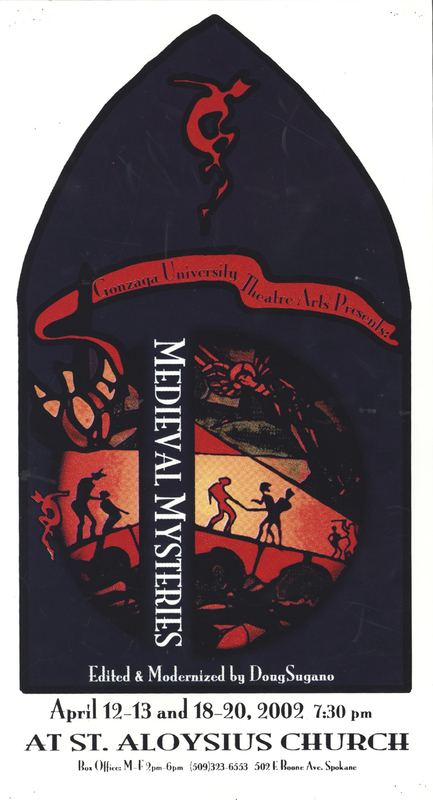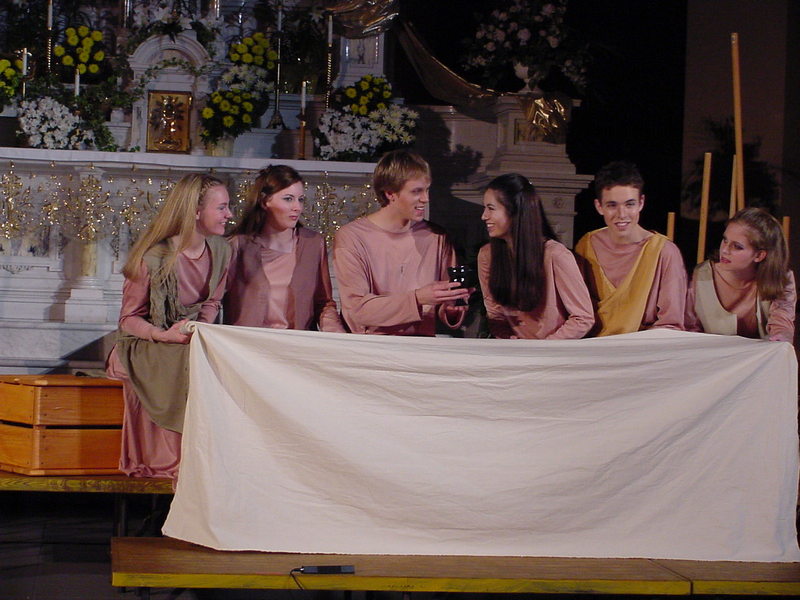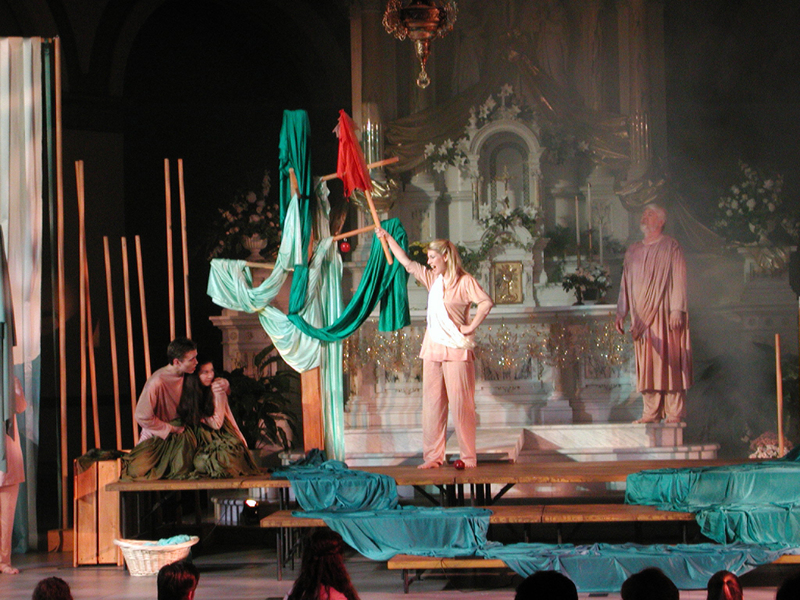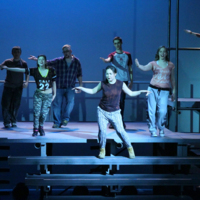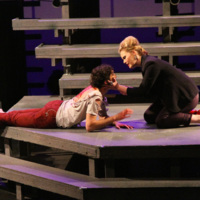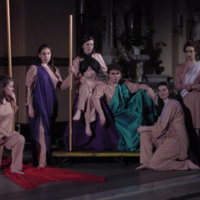The Initial Inspiration--Medieval Mysteries
In 2002, I had been invited to direct the Medieval Mysteries by the director of Gonzaga University's theatre program, John Hofland. Faith in myself, yes I needed that. While I had directed many productions and was well established in my career, this was my first opportunity to direct at my new university. Gonzaga University in Spokane Washington is a Jesuit school. While not raised Catholic, I have found the Jesuit tradition of “Men and Women for and with others” more than a slogan. Instead, this emphasis on social justice completely aligns with my teaching and personal philosophy. The 2002 production of The Medieval Mysteries was a strong tie to the Gonzaga Mission, as well as a fantastic educational opportunity for the cast of undergraduates.
Between the 14th and 17th centuries in Britain, medieval mystery plays served a key role in society and influenced later writers--including Shakespeare. Written mainly by clergy, these plays form cycles that narrate biblical history from the creation to the Day of Judgment. These plays became known as mystery plays because they were often performed by trade guilds and religious orders (the French word mistere means “craft” or “service”). – Dr. Douglas Sugano
I was grateful to begin my research for this project by having the opportunity to audit a Medieval Drama course from a friend and colleague. This allowed me to further develop a sense of history, ritual, and drama within the time period. One of the elements that stood out from that class was his analogy of the ‘telescoping of time’. These stories have survived over the ages because of the applicability from generation to generation. The Biblical stories we covered were from the Creation of Heaven and the Fall of Adam and Eve, to Crucifixion and Resurrection.
This performance definitely gave me a new perception when it comes to how the entire Bible may interact as a whole, even, when it seems as if it does not. This performance really helped me to realize how these characters are human. – Audience member 2016
I was introduced to a copy of “The Midland Mysteries” written several years prior by the chair of the Whitworth College English Department, Dr. Douglas Sugano. Together we produced a condensed version, turning the eight-hour play into a two-hour theater production entitled The Medieval Mysteries. It was a true delight working with him as a scholar and playwright.
As the enthusiastic handful of undergraduates arrived to audition, I realized that once again, my faith would be tested. It was immediately apparent that roughly 80% of the roles available were for men, and 80% of the students auditioning were women. My first fear was I had ‘set myself up to fail’, but I still had a show to cast of hopeful undergraduates.
How was I to solve this imbalance? I creatively found ways that gender blind casting would not inhibit the storytelling responsibility of the production. Many of the roles were stories of humanity rather than a specific gender, and many characters could easily be flipped to women.
The artistic solution of gender-blind casting also served me over a decade later when directing Jesus Christ Superstar for Gonzaga. We worked to cast the strongest performer for each role, and that meant many of the key characters such as Judas, Pilate, and many Apostles were played by women. Again, the focus was not on the sex of the characters, but rather on their story. Many audience and cast members shared that this gender-blind casting, which was actually born from necessity, made many of the characters more relatable.
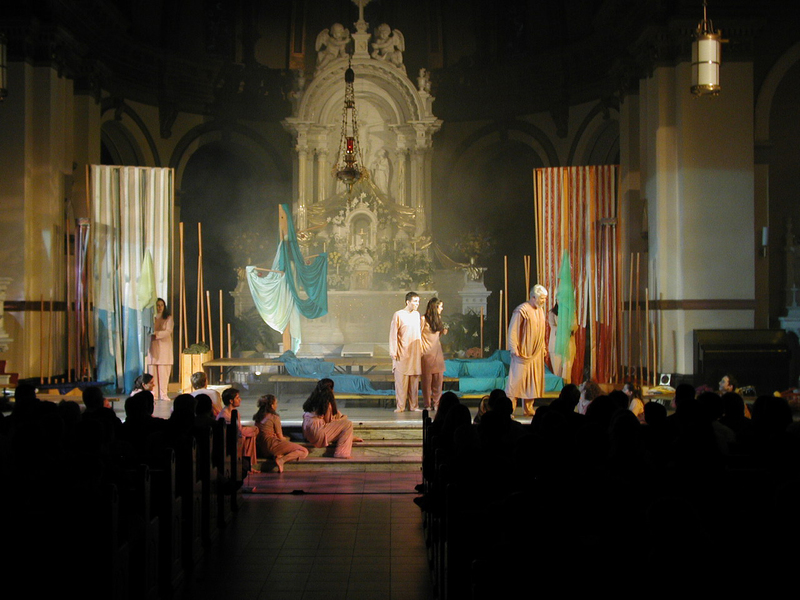
The set for Medieval Mysteries could easily be deconstructed and reconstructed.
Photo courtesy of Gonzaga University Archives
Medieval Mysteries was a success in so many ways. Because this is undergraduate, educational theatre, there is the main goal of teaching our students through production, educating our student audience that may not have seen a live production before, while also producing quality theatre for the greater community. The students learned the lessons from mounting a show, working as a team, developing a vision and being accountable to the cast, crew and audience. The audiences were moved by the performance and the presidents of both Gonzaga University and Whitowrth University sat together opening night and gave the performance a standing ovation. This was a very proud moment for all those who had contributed to the production and a big moment to celebrate my faith in myself.
A line from my Director’s notes in the playbill foreshadow how the ideas for the future production were already beginning to emerge.
Nineteen actors playing over eighty roles will attempt to weave creation history into a visual tapestry of medieval poetry, contemporary dance, and music.– Medieval Mysteries Program Notes 2002
As the show closed it represented a real beginning of the journey and discovery of what Weaving Our Sisters’ Voices was to be.
Suzanne Ostersmith
